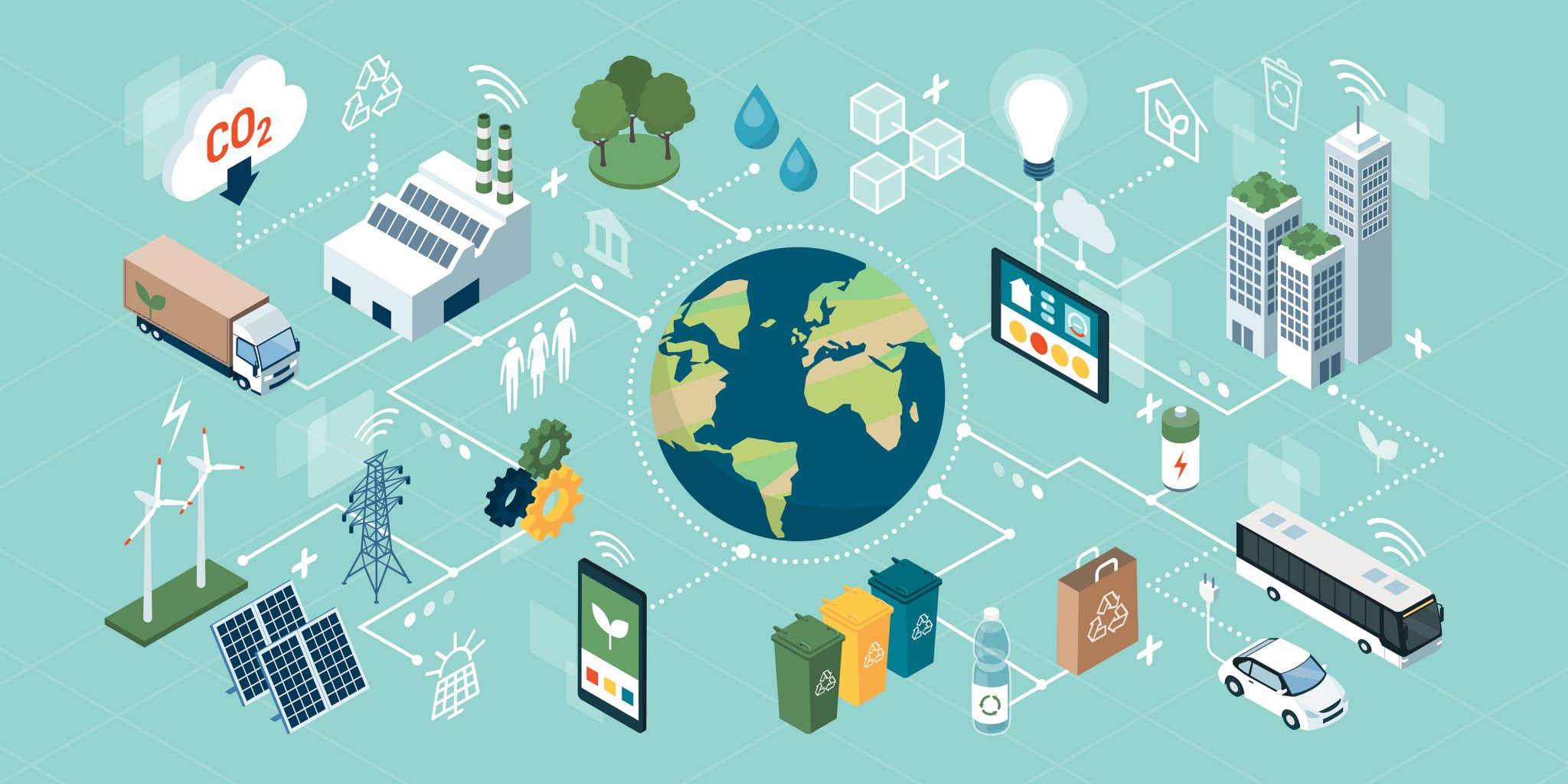Innovation to serve sustainable goals: a circular economy perspective
Some RMIT University engineers have recently discovered sunscreen for roads starting from recycled rubber. The experiment was developed by Professor Giustozzi, together with his research team, at RMIT University, that is one of the few universities in Australia to have a UV machine for asphalt studies. The equipment of the university labs allowed to replicate the long-term effect of sun degradation on bitumen using varying concentrations of crumb rubber, ranging from 7.5 percent to 15 percent to 22.5 percent. The researchers examined the changes in bitumen’s chemical and mechanical properties after a month and a half of continuous exposure to the UV machine – comparable to nearly a year of UV radiation in Melbourne.
The Australian government is currently spending millions of dollars on annual road maintenance; according to the National Transport Commission, these costs piled to $2.9 billion in 2019/2020. Therefore, this innovative product has the potential to reduce expenses for road maintenance, leading to considerable economic benefits. Together with that, this solution is also highly sustainable; used tyres in Australia cannot be exported, making new methods for recycling, and reprocessing them locally increasingly important.
 Source: “The Circular Economy, Your Business, and Your Future” by Bowles R., Abbott L., McIvor M. (2021)
Source: “The Circular Economy, Your Business, and Your Future” by Bowles R., Abbott L., McIvor M. (2021)
Sustainability now represents a central concern for global institutions and actors, belonging to different levels, including governmental institutions, international organizations, enterprises, stakeholders, and individuals as consumers. These innovative solutions thus represent a first turning point to progressively achieve sustainable goals, including those promoted by the UN in the 2030 agenda (i.e., SDGs). Within this context, circular economy (CE) is a suitable model to address and frame these goals in an efficient way.
“CE represents a new concept of more sustainable development, since it aims to increase the efficiency of resource use in order to achieve economic, environmental and societal development by balancing and taking into consideration economic, environmental, technological and social factor” (Del Giudice et al., 2021).
In line with that, according to the Triple Bottom Line (TBL), the economic, environmental, and social pillars of sustainability are highly interconnected and interdependent (Montiel, 2008), thus getting benefits in one dimension also has implications for the other pillars of the TBL.
Within this framework, innovative solutions can help us to achieve sustainable goals. The idea promoted by Professor Giustozzi’s research team is a pivotal example of how innovation can be framed according to sustainable values, thus serving society and its needs. Research insights can be valuable starting points to address great human challenges and progressively uncover ways to solve them.
References:
- Anon, Sunsmart streets using recycled rubber last twice as long. RMIT University. Available at: https://www.rmit.edu.au/news/all-news/2022/may/sunscreen-for-roads [Accessed May 29, 2022].
- Del Giudice, M., Chierici, R., Mazzucchelli, A. and Fiano, F. (2021), “Supply chain management in the era of circular economy: the moderating effect of big data”, The International Journal of Logistics Management, Vol. 32 No. 2, pp. 337-356.
- Jamal, M., Lanotte, M. & Giustozzi, F., 2022. Exposure of crumb rubber modified bitumen to UV radiation: A waste-based sunscreen for roads. Journal of Cleaner Production, 348, p.131372.
- Montiel, I., 2008. Corporate Social Responsibility and Corporate Sustainability. Organization & Environment, 21(3), pp.245-269.


Add a Comment